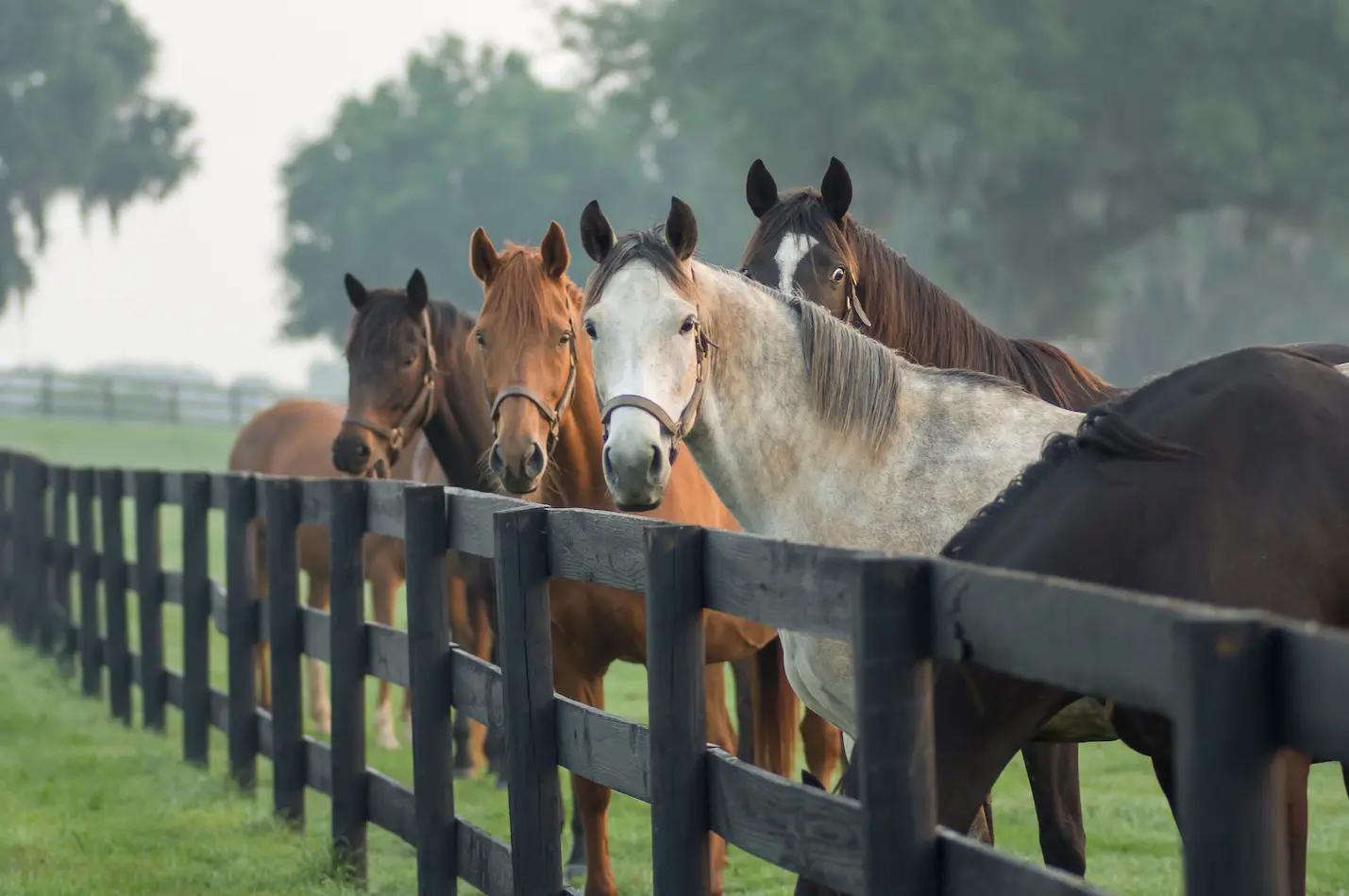Now that the list of nominated entries for the U.S. Equestrian Team has been announced, the pressure is on for London-bound Olympians. The next month will be filled with high-intensity training sessions, but competitors will also have to pay careful attention to another aspect of the Olympics: Getting there.
Equine air transport is a complicated affair. While most of us won’t be faced with the challenges of international travel, scenarios in which air transport is required do occur. Knowing the facts about equine air travel can help you make an informed decision between a week long drive across country and a four-hour flight, or whether buying the horse of your dreams from Argentina is really a good idea.
Equine air transport is often costly and requires extensive preparation. International travel includes a long list of required vaccines, travel passports, infectious-disease testing, and usually a period of quarantine leading up to and upon return from a destination. Domestic transport can be nearly as demanding, but sometimes the situation — or your horse’s well being — demands it. Here’s what you should know to ensure safe and hassle-free travel:
How to Prepare for International or Domestic Equine Air Transport
Whether flying internationally or within the U.S., entry regulations vary. As a result, many horse owners employ shipping specialists who provide information on medical and paperwork requirements and arrange the logistics of getting a horse from your barn to the tarmac and into the air. Leaving such important details in the hands of a professional can be a relief, but there’s still plenty to do to adequately prepare your horse for air travel.
6 Months before Travel:
Inoculations and Blood Tests
If you choose to book through a shipping specialist, he or she should provide you with an outline of the documents, inoculations and blood tests required for domestic or international travel. EIA (equine infectious anemia) testing (or a Coggins test) is universally required, and many countries require blood tests for equine viral arteritis, piroplasmosis, leptospirosis or vesicular stomatitis. Be aware that some tests and inoculations, such as those for influenza and encephalitis, are time-sensitive, so plan ahead. For domestic travel, check each state’s requirements with the USDA; you can also find international requirements on the USDA website.
Acclimatize your Horse
Horses typically fly in very close quarters in groups of two or three. Because your horse will be on his feet and enclosed for a long period of time, it’s essential to acclimatize your horse to loading and unloading, backing into a narrow space, and being confined to a stall for extended periods of time. (Look back at our series on Show Season Travel for some tips.) Loading a horse into a palette for flying is not unlike loading into a horse trailer, so it’s wise to practice at home.
Arrange Quarantine and Ground Travel Logistics for International Travel
Equine export facilities are located near airports in New York, Miami, Chicago, Houston, Seattle, Los Angeles and Atlanta. You’ll need to arrange ground transport to the optimum location. Factor in at least six hours for USDA veterinarians to examine your horse for any obvious signs of communicable disease or illness. Check to be sure a pre-export isolation period of 30 days is not in effect for your horse’s destination.
1 Month Before Travel:
Arrange for Feed and Water for during the Flight
Many equine transport companies allow (and encourage) horse owners to provide their own hay for the journey. Never feed grain during transportation, as it can create gas buildup in the bowel and lead to impaction colic if the horse is dehydrated.
Finalize Travel Documents and Inoculations
Remember that health certificates must be current for most state-to-state travel between your home farm and the airport. Health papers must be submitted to the USDA Federal Office for endorsement within 10 days of export. Also check to be sure you’re up-to-date with papers certifying the inoculations your horse received.
1 Week Before Travel:
Feed and Care
Feed your horse a high-fiber, grain-free diet for the week before transport. It’s essential for your horse to be completely healthy in order to best handle the stress of traveling and prolonged contact with strange horses. Remember also that “shipping disease” has a positive correlation with length of travel, so it’s essential to start with a healthy horse.
Exercise
Light exercise or hand walking in the days preceding the flight will keep muscle tissues loose and ensure proper blood circulation, but avoid strenuous workouts in the days leading up to the trip.
Nutrition
Feed your horse only hay and water for several days before the flight. Be sure that any hay you send with your horse is top-quality and dust-free to avoid respiratory problems while he is tightly confined. Pack your own buckets, and if possible, water.
Re-Entry into the U.S.
Importing a horse to the U.S., whether for the first time or on a return journey, requires the same careful attention to detail. A quarantine period is in effect for the return journey too, so be sure to factor in this time when packing adequate feed and water for your horse. All horses will be held in quarantine until negative results for common tests are produced; this usually occurs in a period of three days or less.
Most Importantly, Start with a Healthy Horse
Whether your horse is traveling across state borders or to another country, equine air travel is a complicated undertaking. As a horse owner, it’s easy to be overwhelmed by the legal and medical requirements, but remember that the most important factor is keeping your horse healthy. Pay careful attention to preparation and your horse’s in-flight nutrition to ensure a healthy horse in the air and upon arrival.
Subscribe to the SUCCEED blog



